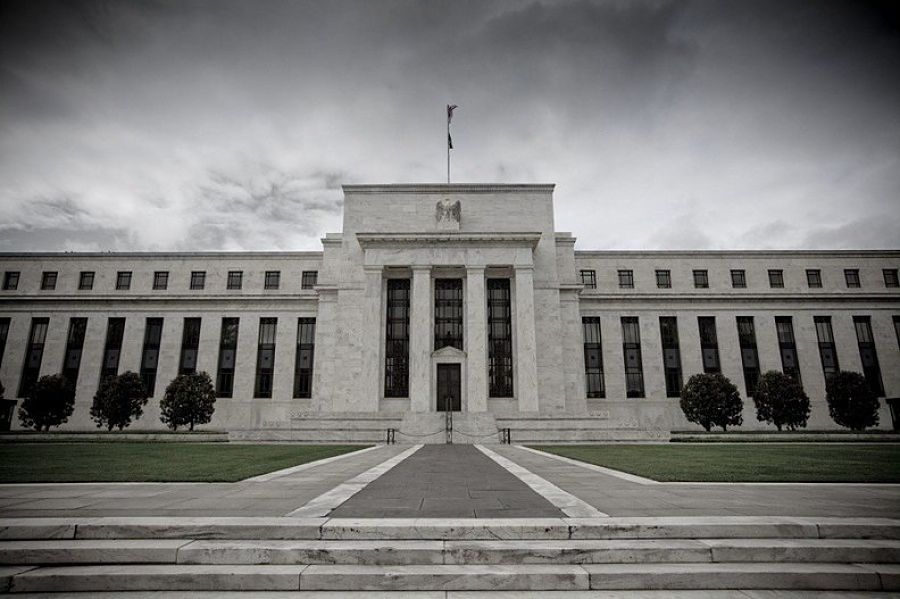

Wall Street got more signs the Federal Reserve’s war against inflation isn’t breaking the economy — or at least not yet — with traders sending Treasury yields soaring amid bets on further rate hikes.
Bonds sold off across the curve, with two-year yields jumping 15 basis points to 4.86%. Swap markets now indicate a 50% chance of a second Fed hike by year-end. The dollar climbed. The S&P 500 posted a mild advance, with the stock market seeing heightened instability as traders adjust their positions at the end of the quarter.
The bond selloff was led by short-dated tenors that are most sensitive to changes in the Fed’s policy rate. The two-year rose as much as 18 basis points to 4.89%. It peaked this year at 5.08% on March 8, before collapsing toward 3.50% amid a rout in US regional bank shares after several failed.
Rates on swap contracts referencing future Fed policy meetings repriced to levels that suggest the US central bank will raise its target range for the federal funds rate by a quarter percentage point by September. They priced about half of an additional quarter-point hike, down from more than half earlier in the session. As recently as early April, the contracts priced in about three quarter-point rate cuts by year end.
Financial companies led gains as the biggest US lenders passed the Fed’s stress test, clearing the way for payouts. Wells Fargo & Co. and JPMorgan Chase & Co. rallied at least 2.7%. The megacap space saw another session of mixed performance, with Tesla Inc. rising and Google’s parent Alphabet Inc. moving lower.
“Today’s data showed that rates will be higher for longer,” said Tracy Chen, a portfolio manager at Brandywine Global Investment Management. In looking for rate cuts, the outlook for Fed policy changes “has been mispriced.”
Keep Hiking
Meanwhile, US jobless claims fell by the most since October 2021 in a week that included the Juneteenth holiday, decreasing by 26,000 to 239,000 in the week ended June 24, according to the Labor Department’s Thursday report.
Continuing claims, which include those who have received unemployment benefits for more than one week, dropped to 1.7 million for the week ended June 17.
Gross domestic product was revised up notably to a 2% annualized advance in the first quarter. Key gauges of inflation watched closely by the Fed were revised down — while still running well above the central bank’s target.
“The market is processing the recent strength in the economic data in both positive and negative ways, as solid economic data means that the economy is more resilient, but it also emboldens the Federal Reserve to keep raising interest rates,” said Carol Schleif, chief investment officer at BMO Family Office.
Fed Bank of Atlanta President Raphael Bostic said he favors keeping borrowing costs on hold, but that Chair Jerome Powell and other colleagues don’t agree with him. Powell is signaling keenness to lift rates, having told a conference in Madrid just hours earlier that acting at consecutive policy meetings isn’t “off the table.”

Relationships are key to our business but advisors are often slow to engage in specific activities designed to foster them.

Whichever path you go down, act now while you're still in control.

Pro-bitcoin professionals, however, say the cryptocurrency has ushered in change.

“LPL has evolved significantly over the last decade and still wants to scale up,” says one industry executive.

Survey findings from the Nationwide Retirement Institute offers pearls of planning wisdom from 60- to 65-year-olds, as well as insights into concerns.
Streamline your outreach with Aidentified's AI-driven solutions
This season’s market volatility: Positioning for rate relief, income growth and the AI rebound
